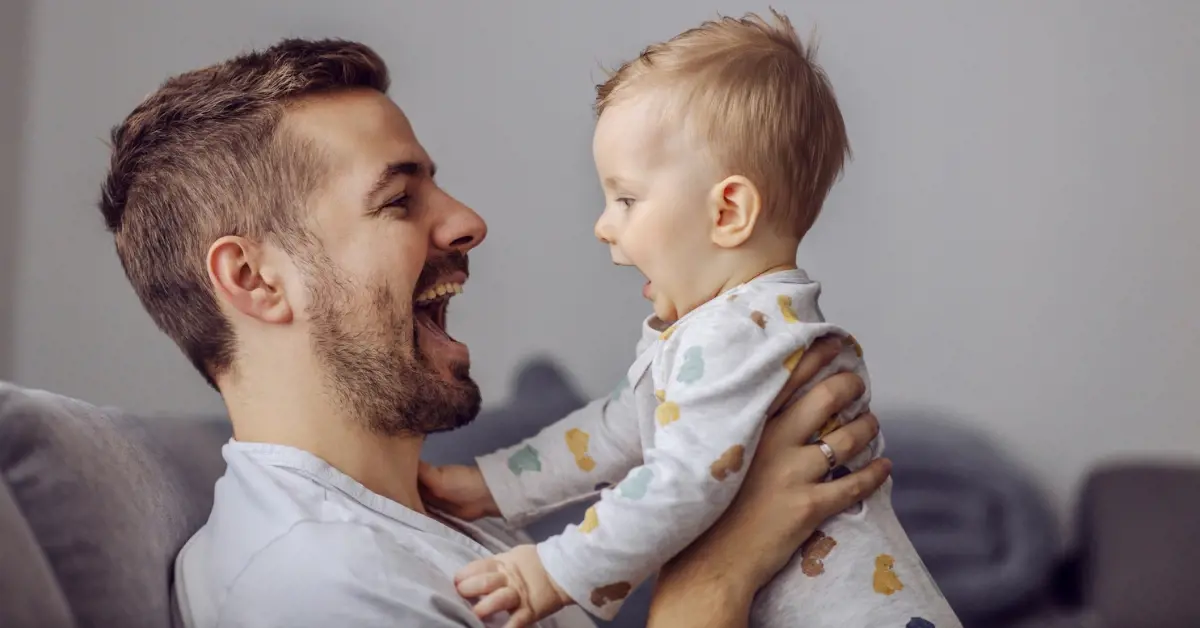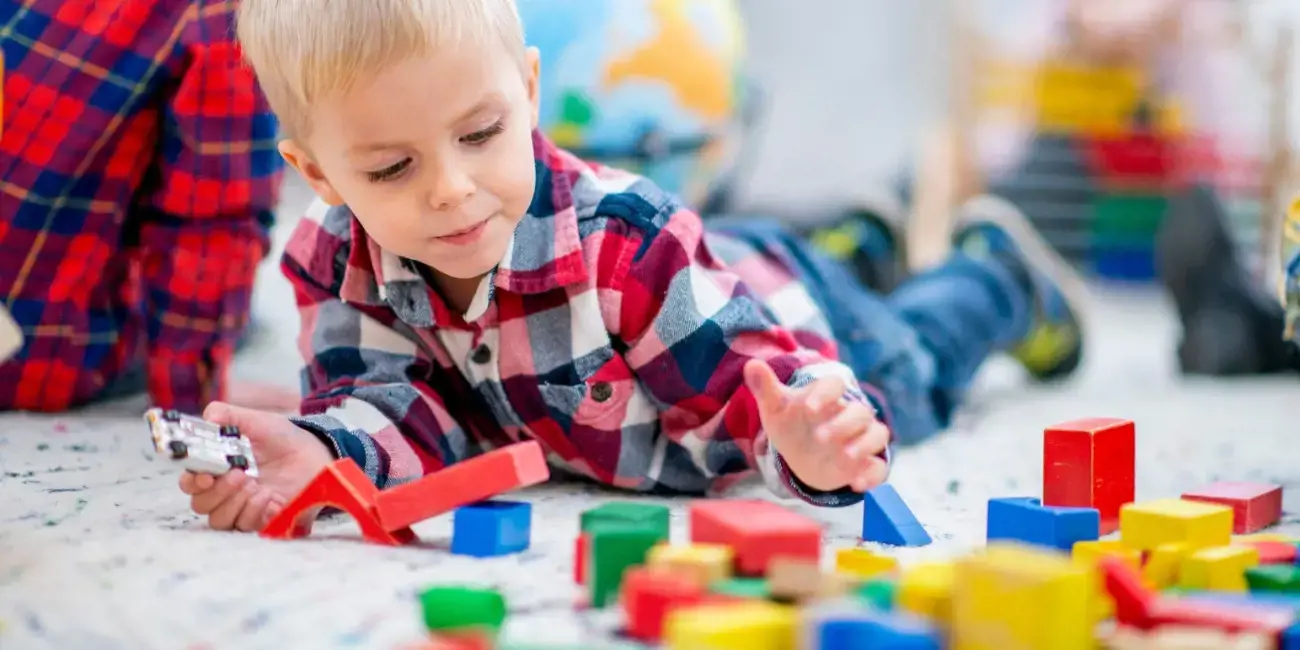If you’re in the process of enrolling your child in childcare, you may have come to realise that childcare doesn’t come cheap. For many families, childcare fees can be a huge barrier for parents, particularly mums, returning to the workforce.
Despite many Aussies being in favour of tax-free childcare, it’s currently not on offer, but that’s not to say there aren’t other forms of support and payments to help eligible families with the cost of childcare. So to help you navigate the world of childcare fees, we’ve detailed some of the childcare payments currently on offer.
The Child Care Subsidy
The Child Care Subsidy (CCS) is the largest form of childcare assistance offered by the Australian Government to help eligible families with the cost of childcare. The CCS is paid directly to the childcare provider, which in turn reduces the out-of-pocket fees for parents. So if you receive the CCS, you’ll just need to cover the gap between the subsidy and the childcare fees.
To get the CCS, you must meet the following eligibility requirements:
- Care for your child at least two nights per fortnight or have 14% care,
- Pay for the childcare fees at an approved childcare service, like centre-based day care, family day care, outside school hours care or in-home childcare, and
- Meet residence rules.
In addition, your child must also:
- Meet immunisation requirements, and
- Not be attending secondary school unless an exemption applies. If your child attends a secondary school, you may still be eligible for the CCS if you can prove your child needs supervision and they're aged 13 or under, or aged 14 to 18 and have a disability.
The CCS is paid per child each fortnight. The amount of CCS you may receive depends on four main factors:
- Your family’s combined income,
- The hourly rate cap based on the type of approved child care you use and your child’s age,
- The hours of approved activity that you and your partner do, and
- The number of children in your care.
To learn more about the CCS, head to the Services Australia website or read our blogs on what the CCS is and how it works. If you think you could be eligible, you can use our Subsidy Calculator to find out how much CCS your family could claim and estimate your out-of-pocket child care cost.
Additional Child Care Subsidy
Some families that receive the CCS may also be eligible for extra assistance in the form of the Additional Child Care Subsidy. To receive the Additional Child Care Subsidy, you must already get the CCS and meet one of the following criteria:
- An eligible grandparent getting an income support payment,
- Transitioning from certain income support payments to work,
- Experiencing temporary financial hardship, or
- Caring for a child who is vulnerable or at risk of harm, abuse or neglect.

Other support and payments for families
In addition to the CCS and Additional Child Care Subsidy, the government also offers several different payments to help with the cost of raising children in general.
Family Tax Benefit
The Family Tax Benefit (FTB) is a two-part payment that helps eligible families with the cost of raising children. To get the FTB, you must meet the following eligibility requirements:
- Have a dependent child or a full-time secondary student aged 16 to 19 who isn’t getting a pension, payment or benefit like Youth Allowance,
- Care for the child for at least 35% of the time, and
- Meet an income test.
Part A of the FTB is paid per child. Part B is paid if you’re a single parent or non-parent carer, a grandparent carer, or if you’re a member of a couple with one main income.
Check out our blog on the FTB for more information on the eligibility requirements and the income tests for both Part A and Part B of the payment. Otherwise, you can head to the Services Australia website to read more.
Parental Leave Pay
Parental Leave Pay helps families to take time off from work to care for a newborn or a newly adopted child. From 1 July 2023, your child’s date of birth or adoption affects this payment, including who can get it, how much you can get and when you get paid.
For a child born or adopted before 1 July 2023, you can receive a payment for up to 18 weeks if you meet the eligibility requirements. For a child born or adopted from 1 July 2023, you can receive a payment for up to 100 days or 20 weeks. While the date of birth or adoption affects the Parental Leave Payment, you must still meet the following requirements:
- Meet the income test,
- Not be working during your Paid Parental Leave period except for allowable reasons,
- Meet the work test, and
- Have registered or applied to register your child’s birth with your state or territory birth registry, if they’re a newborn.
As of August 2022, Parental Leave Pay is $162.49 a day before tax or $812.45 per 5-day week. However, this figure is usually reassessed in July of each year. And don’t forget, if you plan on claiming Parental Leave Pay you must do it within the claiming timeframes.
Dad and Partner Pay
If you’re the child’s biological father or other carer, you’ll need to claim the Dad and Partner Pay. This payment provides up to two weeks of support while you care for your new child born or adopted before 1 July 2023.
To get the Dad or Partner Pay, you must meet all of the following:
- Care for a newborn or newly adopted child,
- Meet the income and work test,
- Not be working and not be taking paid leave during your Dad and Partner Pay period except for allowable reasons, and
- Have registered or applied to register your child’s birth with your state or territory birth registry, if they’re a newborn.
Dad and Partner Pay must also be claimed within the relevant timeframes. If your child is born or adopted from 1 July 2023, you may be able to claim Parental Leave Pay instead.
Parenting Payment
The Parenting Payment is the main income support payment for parents who are a young child’s main carer. To get the Parenting Payment, you must meet all of the following:
- Be under the income and asset test limits,
- Meet the principal carer rules for a child under 8 if you’re single or under 6 if you have a partner,
- Meet residence rules, and
- Your partner is not currently getting Parenting Payment.
The Parenting Payment shouldn’t be confused with Parental Leave Pay or the Family Tax Benefit. These are two separate payments.
Newborn Upfront Payment and Newborn Supplement
The Newborn Payment is a lump sum that helps to increase your FTB Part A payment when you start caring for a baby or child that's recently come into your care.
To get this payment, you must:
- Care for a baby or child who’s recently come into your care,
- Be eligible for Family Tax Benefit Part A, and
- Not be getting Parental Leave Pay for the same child.
You won't be eligible if either:
- Your partner has already got these payments for the child, or
- You or your partner has got Parental Leave Pay for the child.
The Newborn Upfront Payment is a tax-free lump sum payment of $595 per child. On the other hand, the Newborn Supplement is an ongoing tax-free payment for up to 13 weeks. The amount you get depends on how many children you have and your family’s income.
For more information on the eligibility requirements and how much you can receive, head to the Services Australia website.
While childcare might not be tax-free at this stage, there are still plenty of payments and support offered by the Australian Government to help with the cost of childcare and raising children in general.
































